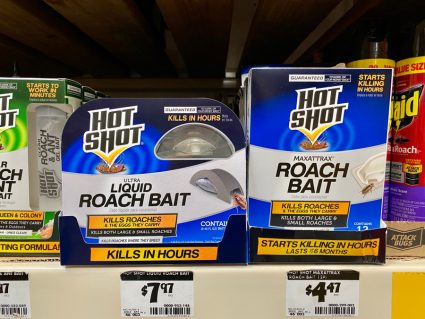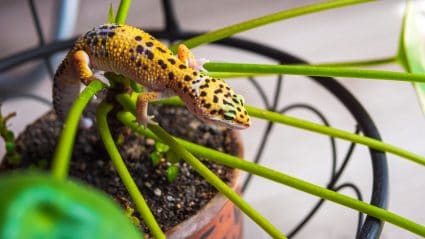
Thrips, tiny insects known for their fringed wings and unique asymmetrical mouthparts, are a common pest for gardeners and farmers worldwide. They are known to thrive in warm, dry climates, but what happens when temperatures drop? Does cold kill thrips? This article will delve in-depth into how cold temperatures affect these pesky insects and provide a comprehensive understanding of this topic.
Cold temperatures do not necessarily kill thrips, but they can significantly impact their development, reproduction, and survival. Thrips are generally active in a temperature range of 50-90°F (10-32°C) and exposure to subzero temperatures can result in significant mortalities. However, it’s important to note that using cold as a control method has its risks and should be part of a comprehensive pest management strategy.
What Are Thrips?
Thrips are minute insects, with nearly 7,700 known species. They are typically 1mm long or less, with feathery wings which enable them to use a “clap and fling” mechanism for lift, rather than conventional flight. Thrips play a diverse role in an ecosystem, feeding on fungi, plants, and other arthropods. They also contribute to pollination of certain plant species. However, some species are serious pests that can transmit over 20 plant viruses, making them a significant concern for commercial crops.
The Impact of Cold on Thrips
Cold temperatures do not necessarily eliminate thrips, but they can significantly affect their development, reproduction, and survival. Thrips are generally active in a temperature range of 50-90°F (10-32°C). Cold temperatures can delay thrips development and increase pupal mortality. For example, citrus thrips do not develop below 58°F (14°C).
Thrips can also undergo rapid cold hardening, a process where pre-exposure to a low temperature (e.g., 4°C) for a certain period can increase their cold tolerance and survival at subzero temperatures. However, exposure to subzero temperatures (-5° to -15°C) can result in significant mortalities across all developmental stages of thrips.
Cold as a Thrips Control Method
Given that cold temperatures can impact the development and survival of thrips, it can be an effective control method. Methods like cold water spray, temperature manipulation, mulching, and monitoring and trapping can be used to control thrips populations. However, it’s essential to combine these methods with other integrated pest management strategies, such as encouraging beneficial predators, removing weeds and grass, and using reflective mulches.
The Risks of Using Cold Temperatures for Thrips Control
While cold can be an effective control method, it’s not without its risks. Cold temperatures can cause chilling injury to plants, especially those that are sensitive to low temperatures. Cold can also affect beneficial organisms, such as natural enemies of thrips, which may be sensitive to low temperatures. This can disrupt the natural balance of the ecosystem and reduce the effectiveness of biological control methods. Therefore, it’s important to consider these factors and use a balanced approach to pest management.
Climate Change and Thrips
Shifts in winter temperatures due to global climate change can influence thrips populations. Warmer temperatures can affect the development, survival, fecundity, and population growth of thrips. However, the specific effects may vary depending on the thrips species and location.
In conclusion, while cold temperatures may not always kill thrips, they can negatively impact their development, reproduction, and survival. Understanding the relationship between thrips and temperature is key to effectively managing these pests. Remember, a comprehensive and integrated pest management strategy is the most effective way to control thrips populations.
Frequently Asked Questions
What are some common species of thrips?
Some common species of thrips include the Western Flower Thrips, Onion Thrips, and Citrus Thrips. Their impact on crops and plants can vary based on the species.
What are the signs of a thrips infestation?
Signs of a thrips infestation can include discoloration, deformation, or scarring on leaves and flowers. You may also notice black varnish-like spots, which are actually thrips droppings.
How long is the thrips’ life cycle?
The life cycle of thrips can vary based on the species and environmental conditions, but generally, it ranges from 2 to 4 weeks.
Can thrips infest indoor plants?
Yes, thrips can infest indoor plants. They are attracted to many houseplants and can cause significant damage if left unchecked.
Are thrips harmful to humans?
Thrips are not generally harmful to humans. However, some people may be allergic to thrips or experience irritation from thrips bites. It’s also worth noting that thrips can transmit plant diseases, which can indirectly affect human food sources.
What are some natural predators of thrips?
Natural predators of thrips include ladybugs, lacewings, spiders, and predatory mites. These beneficial insects can help control thrips populations in a garden or farm setting.









